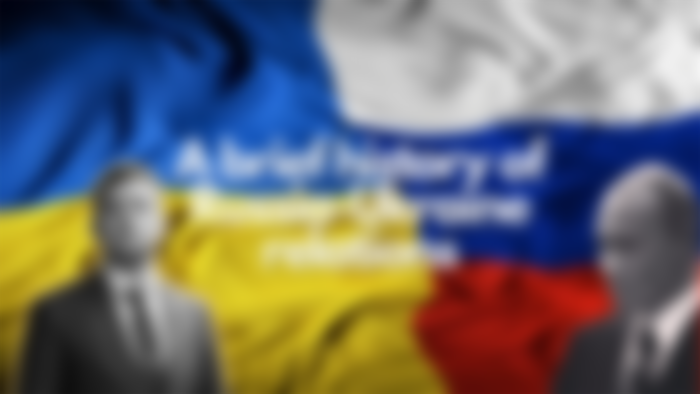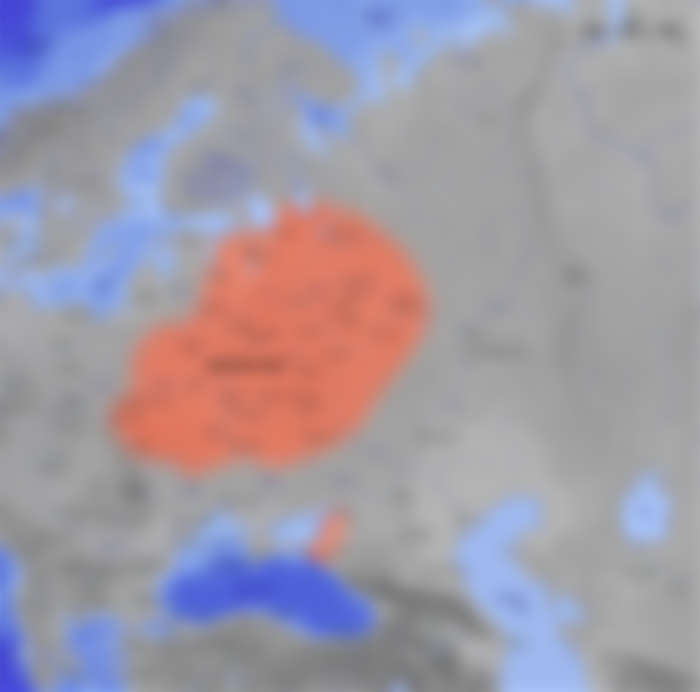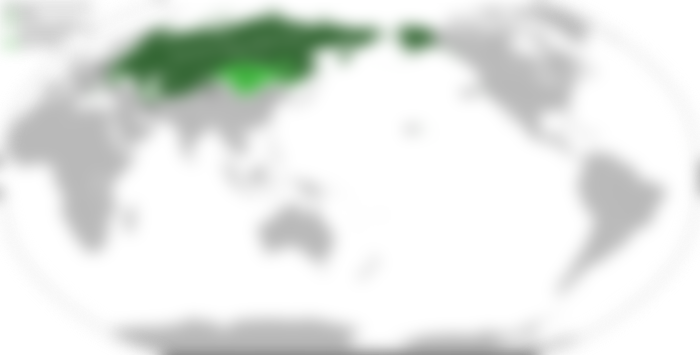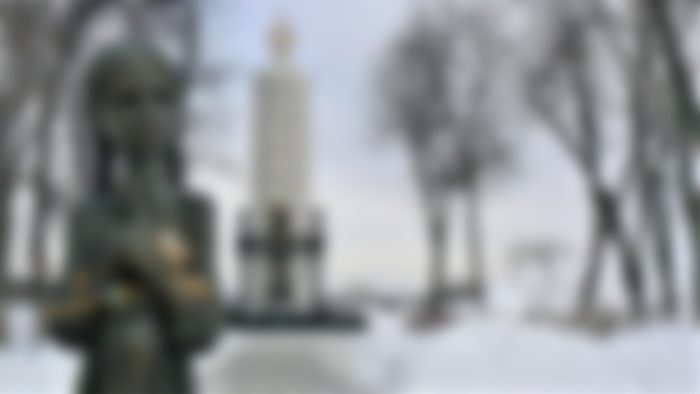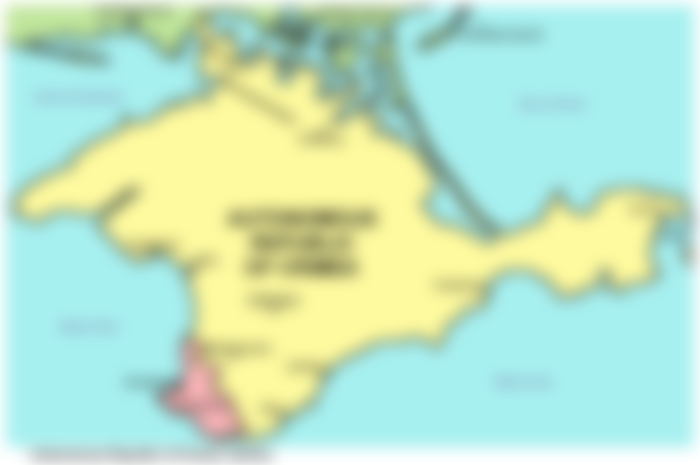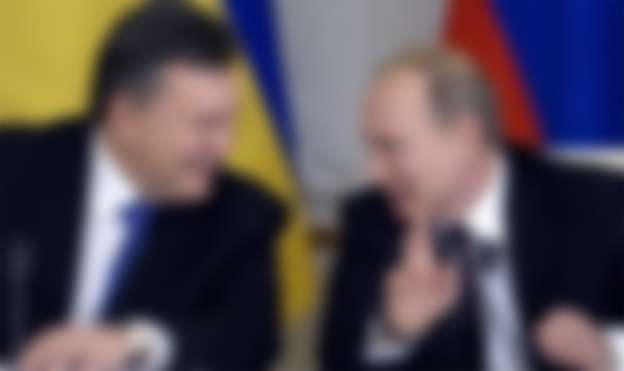A brief history of Russia-Ukraine relations

Russia and Ukraine. These two countries have a long and storied past, but since Russia annexed Crimea in 2014, the two countries have been in a state of war. As Ukraine moves closer and closer to joining NATO, Russia grows more and more anxious about growing western influence in Eastern Europe, which used to be firmly under Moscow’s control. What’s happened between the two countries in the past to cause so much tension now?
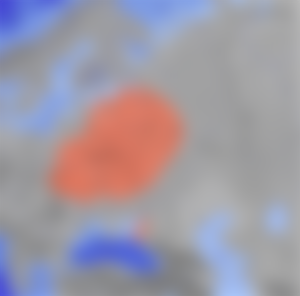
In the eastern regions, where Kievan Rus had previously existed, the Grand Duchy of Moscow came to power, which formed the basis of what would become the Russian Empire and Russians (who’re mostly Eastern Slavs) it included Finns, Slavs, and people from the Baltic area. In the 1230s, the Mongols started to invade Russia, and in 1240, the Kievan Rus’ collapsed. In the eastern regions where Kievan Rus had previously existed, the Grand Duchy of Moscow came to power and formed the foundation of what would eventually become the Russian Empire.
The western part of the Kievan Rus, where people from what we would now call Ukraine lived, came under the rule of the Grand Duchy of Lithuania Over the course of the 17th century, the Russian empire started to take bits and pieces of what we now call Ukraine. By the time the 1800s came up, all of modern-day Ukraine was under the control of the Russian Empire.

Russian empire at it's peak, wikipedia
In 1804, the Russian Empire banned the teaching of the Ukrainian language in schools, and in 1876 most Ukrainian books were banned as well. Ukraine remained a part of the Russian Empire until World War One. Near the end of WWI, the socialist Bolsheviks seized power in the October Revolution, but they did not instantly gain control over the entire country. Some forces remained loyal to the tsar of the Russian Empire, and Lenin (leader of the Bolsheviks) had to deal with a civil war in Russia. Since he couldn’t focus on both a civil war and joining the fight against the Germans in World War 1, he signed the Treaty of Brest-Litovsk that withdrew Russia from the war.
This treaty ceded huge amounts of land to Germany in fact, almost all of Ukraine was under German occupation. After Germany lost the war, Ukraine was returned to control of the Russians, and in 1922, it was one of the founding republics of the Union of Soviet Socialist Republics. This is where things start to go bad for the Ukrainians. See, while on one hand the Ukrainian language wasn’t banned anymore, on the other was the fact that the Soviet Union wasn’t really the best place to be.

From 1932 to 1933, the Soviet Union caused an artificial famine that, according to a UN report, claimed the lives of between 7 and 10 million people. Peasants were quite literally starving in the streets, and many resorted to cannibalism for food. Some say this was a man-made famine caused by Stalin’s industrialization of Russia, others, that Stalin intentionally let the Ukrainians starve in order to eliminate any possible resistance. Several countries, including the United States, recognize this as a genocide.
During WWII, Ukraine was heavily damaged by the intense fighting that took place there. After that, from 1945 to 1991, until the Soviet Union fell, Ukraine was firmly under the thumb of the Soviet Union. After Ukraine gained independence from the Soviet Union in 1991, it suddenly found itself with the world’s third-largest nuclear stockpile. How did this happen? Ukraine was the 3rd largest republic in the Soviet Union, so the Soviet military kept equipment there, and that equipment accepted nuclear weapons.

Ukraine couldn’t operate these weapons, though, since the nukes depended on Russian permissive action links. The Permission Access Link, or PAL, is a security measure that prevents a missile from being stolen and launched. By 1996, all nuclear weapons in Ukraine were returned to Russia. An issue that popped up between the two countries pretty early on was the status of Crimea. After Ukraine gained independence, Russia didn’t have a centrally-placed port in Europe.
Russia wanted Crimea so they’d have a place for their Black Sea fleet (a part of their Navy that was based in the — you guessed it the Black Sea). Russia was further alarmed by the fact that Ukraine wanted to join NATO, if they did, Russia would probably not get access to ports in Crimea. In response, the Russian parliament declared that Ukraine’s sovereignty over Crimea was illegitimate since it was a gift from Russia in 1954. The parliament said that Khrushchev (then leader of the USSR) did not have the right to give Crimea away at all and that this territory belongs to Russia.
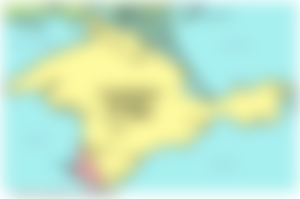
In 1997, the issue was resolved with the “Partition Treaty on the Status and Conditions of the Black Sea Fleet” This let Russia lease naval bases in Sevastopol, a city in the Crimean peninsula, until 2017. Throughout the early 2000s, there were several gas disputes between the two countries, and Viktor Yushchenko, the president of Ukraine elected in 2005, wanted Ukraine to join NATO, which caused further tensions with Russia. In addition, Ukraine also expressed pro-European and anti-Russian sentiments, and tensions persisted over Russian leases of Crimean bases.
In 2010, however, Viktor Yanukovych was elected the president of Ukraine, and he was an extremely pro-Russian president. He was also a member of the Communist Party of the Soviet Union from 1980 until the Soviet Union collapsed in 1991. Under his presidency, relations between Ukraine and Russia improved significantly, but in 2013, Russia started an embargo on all Ukrainian goods, hoping to prevent Ukraine from signing a trade agreement with the EU. This worked, and Ukraine abandoned the Association Agreement they were supposed to sign in the EU.
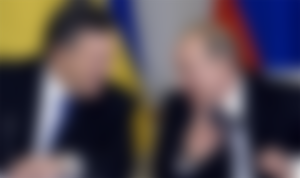
Viktor Yanukovych and Putin
However, most Ukrainians weren’t happy about this. A wave of national unrest came about in Ukraine, called the Euromaidan movement. This movement tried to sway Ukraine towards closer ties with the West, but this alienated some people who wanted closer ties with Russia. The Revolution of Dignity in February of 2014 (related to the Euromaidan movement) ousted Yanukovych from the Ukrainian presidency, and the next elected president was Peter Poroshenko. He signed the Association Agreement with the EU that Yanukovych didn’t, but he was only elected president in June of 2014. Near the end of February to the end of March, just after Yanukovych was ousted, Russian forces occupied and annexed Crimea, the peninsula where they leased naval bases.
Russia was condemned by various countries across the world, and this strained relations between Russia and Ukraine to the breaking point. Ukraine withdrew its ambassador to Russia, and the two countries have been in a formal state of war since then. This is where the article will stop the rest is relatively recent, it’s the stuff that you’ve heard about in the news. The main reason for the tension between the two countries is that Russia views Ukraine as part of them, and as part of the Eastern European community. Ukrainians don’t view it that way — they want to join NATO and pursue closer ties with the west. It’s this part that’s been the source of so much tension between the two countries.
